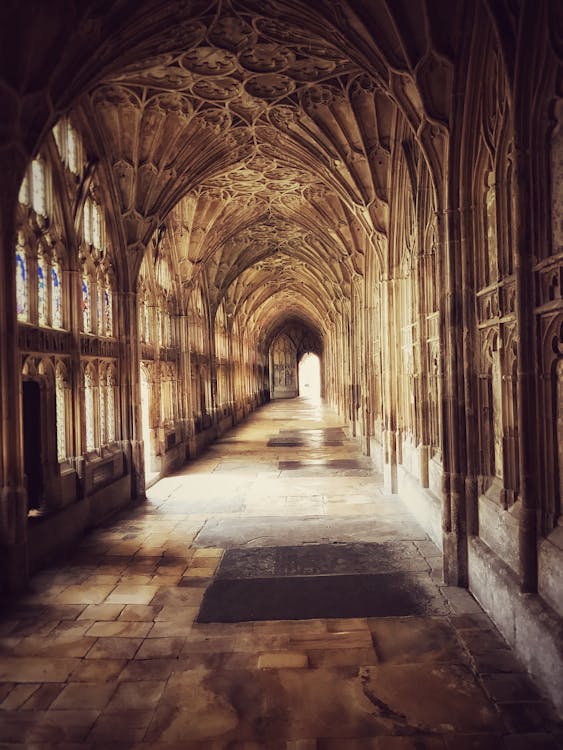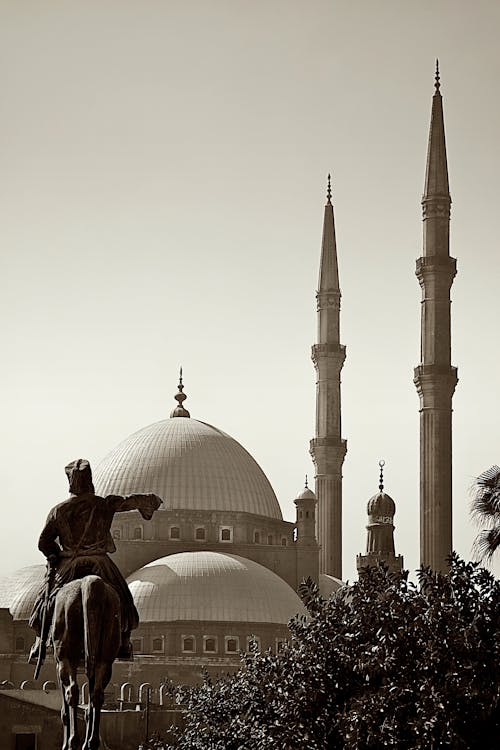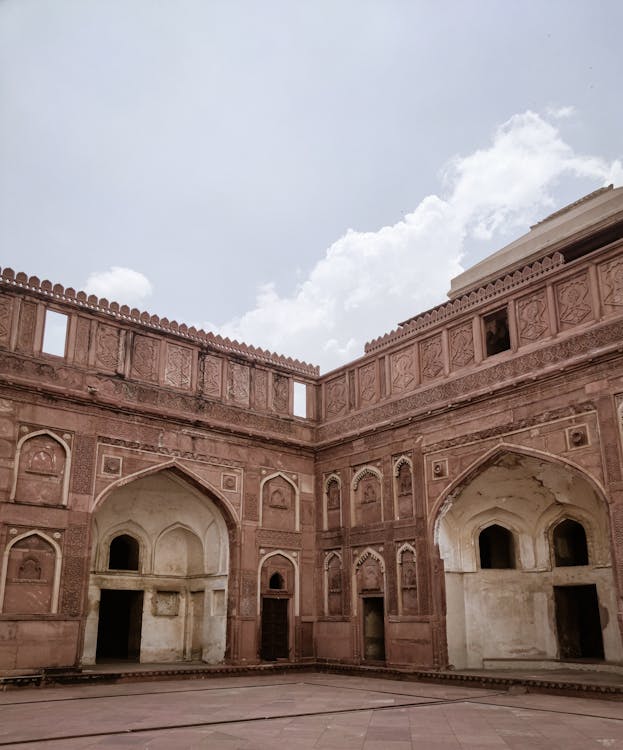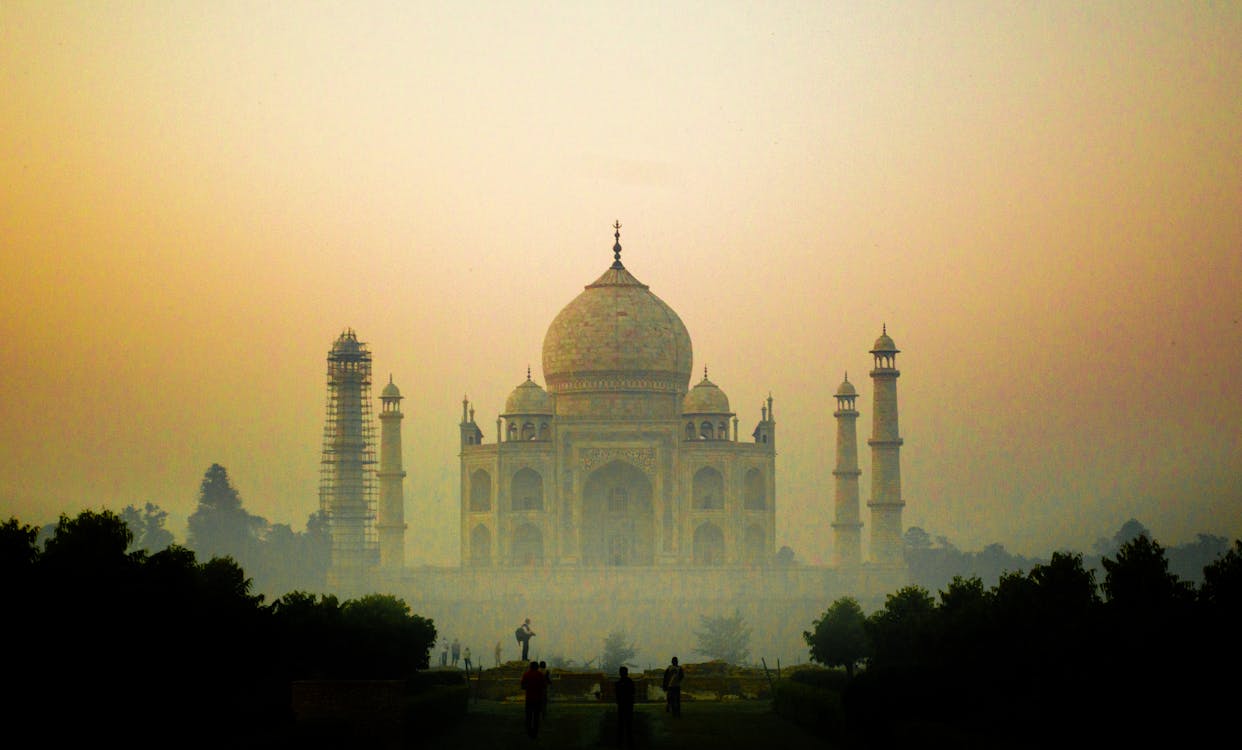The Rise and Fall of the Mughal Empire: A Tale of Power, Love, and Tragedy.
Book Introduction:
The Mughal Empire was one of the most powerful and magnificent empires in the history of India. Founded in the early 16th century, it spanned over three centuries and encompassed much of the Indian subcontinent, along with parts of present-day Pakistan, Afghanistan, and Bangladesh. The Mughal dynasty produced a series of remarkable rulers who left an indelible mark on Indian history and culture. The Mughal emperors were known for their opulence, refinement, and love of arts and literature.
This book is an attempt to provide an in-depth account of the rise and fall of the Mughal Empire. The book starts with a brief history of the Mughal Empire, followed by the origin of the Mughal dynasty. It then delves into the reigns of the Mughal emperors, starting with Babur, the founder of the Mughal Empire. The book provides a detailed account of the golden age of the Mughal Empire under the reign of Akbar the Great, the love story of Jahangir, the magnificent architecture of Shah Jahan, and the religious policies of Aurangzeb. The book also explores the reasons behind the decline of the Mughal Empire and the role of the British East India Company in its downfall.
The book goes beyond the political history of the Mughal Empire and examines the cultural and artistic legacy of the Mughal dynasty. It highlights the impact of the Mughal Empire on India's art, culture, and architecture, and how it has influenced Indian society even today. The book also looks at how the Mughal Empire is depicted in popular culture, such as in books, films, and television.
Finally, the book takes the reader on a journey through time and history, visiting India's Mughal heritage sites, and exploring the enduring significance of the Mughal Empire in contemporary India. The book is a celebration of the rich history, art, and culture of the Mughal Empire and its lasting influence on India and beyond.
1: The Reign of Babur:
The Founding Father of the Mughal Empire
Babur was a Central Asian prince who belonged to the Timurid dynasty. He was the son of Umar Shaikh Mirza II, who ruled the Fergana Valley in present-day Uzbekistan. Babur wasborn in 1483 and spent his early years in the court of his father, where he received a fine education in literature, music, and warfare. In 1494, Babur succeeded his father as the ruler of Fergana but was soon driven out by his rivals. He spent several years wandering from place to place, fighting and winning battles, and finally, in 1504, he captured the city of Kabul and established himself as the ruler of the region.
Babur was a military genius who had a deep love for poetry, music, and culture. He was a man of refined taste and had a vision of a great empire that would bring together the diverse cultures and peoples of the region. In 1526, Babur marched into India with an army of 12,000 men and defeated the Sultan of Delhi, Ibrahim Lodi, in the Battle of Panipat. This victory marked the beginning of the Mughal Empire in India, and Babur was crowned as the first Mughal Emperor.
The reign of Babur was marked by several significant achievements. He introduced several administrative reforms, such as the division of his empire into provinces and the appointment of governors to each province. He also introduced a new calendar, which is still in use in India, and patronized the arts and literature.
Babur was also a great lover of gardens and architecture. He created several beautiful gardens in his capital city, Kabul, which were known for their beauty and elegance. He was also responsible for the construction of several magnificent buildings, including mosques and palaces.
In this chapter, we will explore the life and reign of Babur in detail. We will learn about his early life, his military conquests, and his vision for a great empire. We will also look at his administrative reforms and his patronage of the arts and literature. We will examine his contributions to the field of architecture and learn about the gardens and buildings he created.
Finally, we will look at the legacy of Babur and his impact on the Mughal Empire. We will examine how his vision of a great empire was continued by his successors, and how his legacy has influenced Indian society even today. The chapter is an exploration of the life and times of Babur, the founding father of the Mughal Empire, and a man who left an indelible mark on Indian history and culture.
2: Humayun, the Struggle for Power
Babur's son, Humayun, succeeded him as the Mughal Emperor in 1530. Humayun was a cultured and refined man, much like his father, but he lacked his military prowess. This led to several setbacks and defeats during his reign, and he was forced into exile after being overthrown by the Afghan warlord, Sher Shah Suri.
In this chapter, we will learn about the struggles of Humayun to regain his throne. We will explore his life in exile and the support he received from his allies. We will also examine the Battle of Chausa and the Battle of Kanauj, which marked the turning point in his fortunes. We will learn about his return to power and the challenges he faced in rebuilding the Mughal Empire.
3: Akbar, the Great Mughal
Akbar was the grandson of Babur and the third Mughal Emperor. He was born in 1542 and ascended the throne in 1556 at the age of 14. Akbar was one of the most remarkable rulers of the Mughal Empire, and his reign was marked by significant achievements in the fields of art, culture, and administration.In this chapter, we will learn about Akbar's life and reign. We will explore his policies of religious tolerance and his efforts to create a syncretic religion that blended Hinduism and Islam. We will examine his administrative reforms and the establishment of a central bureaucracy. We will also look at his patronage of the arts and literature, including the construction of the great palace-fortress of Fatehpur Sikri.
4: Jahangir, the Patron of the Arts
Jahangir was the son of Akbar and the fourth Mughal Emperor. He ascended the throne in 1605 and ruled for 22 years. Jahangir was a man of refined taste and was known for his love of art, literature, and culture. He was also a skilled administrator and made several significant contributions to the Mughal Empire.
In this chapter, we will learn about Jahangir's reign and his patronage of the arts. We will explore the famous paintings of the Mughal court and the construction of the Shalimar Gardens in Kashmir. We will also examine his policies of religious tolerance and his relations with the British East India Company.
5: Shah Jahan, the Builder of the Taj Mahal
Shah Jahan was the fifth Mughal Emperor, and he ruled from 1628 to 1658. He is perhaps best known for his construction of the Taj Mahal, one of the most beautiful and iconic buildings in the world. However, his reign was also marked by significant achievements in the fields of art, culture, and administration.
In this chapter, we will learn about Shah Jahan's life and reign. We will explore the construction of the Taj Mahal and the other magnificent buildings he created, including the Red Fort in Delhi. We will also examine his administrative reforms and his policies of religious tolerance.
6: Aurangzeb, the Last Great Mughal
 Aurangzeb was the sixth Mughal Emperor and ruled from 1658 to 1707. He was a man of great religious fervor and was known for his strict policies and his intolerance towards other religions. His reign was marked by several significant achievements, but it was also marred by his religious fanaticism and the decline of the Mughal Empire.
Aurangzeb was the sixth Mughal Emperor and ruled from 1658 to 1707. He was a man of great religious fervor and was known for his strict policies and his intolerance towards other religions. His reign was marked by several significant achievements, but it was also marred by his religious fanaticism and the decline of the Mughal Empire.In this chapter, we will learn about Aurangzeb's life and reign. We will explore his policies of religious intolerance and the conflicts that arose from them. Wewill also examine his military campaigns and his expansion of the Mughal Empire. We will look at the impact of his policies on the cultural and social fabric of the Mughal Empire, as well as the economic decline that occurred towards the end of his reign.












